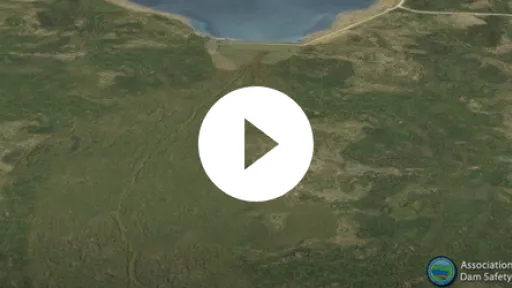The hazard classification of a dam can change over time (hazard creep).
Dams are commonly categorized by a wide range of factors such as composition, height, and reservoir volume. Arguably, the most common categorization is the anticipated downstream consequences of a dam failure, also known as hazard potential classification or hazard rating. Dam safety agencies have generally adopted a common tiered hazard classification structure including Low, Significant, and High hazard potential classifications, listed in order of increasing adverse consequences. Dam safety engineers most commonly use the hazard potential classification system as a prioritization tool to focus attention on those dams with the most severe potential consequences of failure. Federal guidance defines these hazard classifications as follows:
- Consequences of a low hazard potential dam failure should result in “no probable loss of human life and low economic and/or environmental losses.”
- Consequences of a significant hazard potential dam failure should result in “no probable loss of human life but can cause economic loss, environmental damage, disruption of lifeline facilities, or can impact other concerns.”
- Consequences of a high hazard potential dam failure “will probably cause loss of human life.”
It is important to understand that the hazard potential classification of a dam is NOT a reflection of the present-day condition of a dam. Engineers in the dam safety industry generally use “risk” concepts as a guiding philosophy for design, construction, operation, and maintenance of dams. Risk is generally described as having two components: likelihood of failure, and consequences of failure. The present-day condition of a dam factors into the likelihood component, whereas the hazard potential classification factors into the consequence component. Both components contribute to the overall risk profile of a dam, however, the two components are independent of each other.
Hazard creep, also known as risk creep, is a term describing the gradual increase in anticipated consequences of a dam failure due to infrastructure development either along the drainage below a dam or within the reservoir area upstream of the dam. Even though the physical condition of a dam may not have changed, hazard creep can result in an immediate adverse impact on the overall risk profile of a dam because the consequence component has increased. For example, a historically low hazard dam could become significant or high hazard if a new residential development is constructed within the dam breach floodplain downstream of the dam, thereby increasing the potential consequences of a dam failure. It is also possible for the hazard potential classification to decrease; however, a reduction in consequences is relatively rare without physical modifications to the dam or an intentional elimination of downstream infrastructure and has no adverse implications from a dam safety perspective.
Increased hazard classification assignments are simply an acknowledgment of the elevated potential consequence that didn’t previously exist, but often have adverse implications for dam owners. First, hazard creep can prompt expensive dam safety modifications to address design deficiencies relative to the revised hazard potential classification. For example, hazard creep often leads to the need for dam safety modification projects to increase the spillway capacity. Spillways for low hazard potential dams are commonly designed and constructed to safely route a 1 in 100 annual chance flood similar to other non-life threatening infrastructure such as culverts beneath road embankments. Spillways for high hazard potential dams, on the other hand, are generally designed and constructed to safely route the probable maximum flood (PMF), with a much rarer chance of occurrence, to protect the downstream public against the threat of an overtopping dam failure. The cost of modifications are generally borne by the dam owner, though federal and state grant programs occasionally provide financial assistance.

Increased hazard classifications can also prompt the requirement for emergency planning activities. Emergency planning activities are not generally required for low hazard dams. Owners of significant and high hazard dams, on the other hand, are typically required to develop and maintain current emergency action plans (EAPs) and dam breach inundation maps to inform emergency managers’ evacuation plans if a dam failure were to occur. Maintenance of an EAP can include a range of responsibilities including completing dam break studies to develop inundation mapping, routine testing of notification procedures, distribution of updated contact information, EAP orientation workshops, and periodic tabletop and/or functional exercises.
In addition to short-term financial obligations to address dam safety deficiencies, hazard creep also has an adverse impact on the dam owner’s long-term financial liabilities. For example, private insurance for a high hazard potential dam may require a higher premium than that for lower hazard potential classifications. If a dam failure should occur, the dam breach flood response and recovery costs are likely to increase incrementally as consequences increase. In extreme cases, emergency response and recovery costs may exceed the dam owner’s resources, resulting in bankruptcy and/or the transfer of financial burdens to taxpayers.
Current federal, state, and local urban development policies generally force dam safety regulatory agencies to address hazard creep reactively. This system places the largest financial burden on dam owners and puts the general public residing, working, and recreating within dam failure inundation zones unknowingly at risk. Creative solutions have been developed and implemented in some locations. For example, city and county officials and floodplain managers could work collaboratively with federal and state dam safety regulatory agencies to consider dam failure consequences when reviewing applications for new development below and around dams. City and state officials could restrict development within floodplains upstream and/or downstream of dams. Developers could create alternative designs to minimize the infrastructure impacts in dam failure inundation zones. Engineers could evaluate the incremental costs of designing and constructing new spillways to a higher design standard than required to mitigate anticipated future downstream infrastructure development. Low and significant hazard dam owners could proactively develop dam breach inundation maps and obtain property and/or easements to protect dam breach inundation areas from future development. Real estate agents could notify potential home buyers when a proposed new or existing home is located below a dam. Dam safety regulators could require owners to take future development into account when constructing new dams. State and local policymakers could also establish requirements so developers share the costs of required dam safety modifications with the dam owners when new developments result in increased dam failure consequences.
According to the second United States census, the total U.S. population was approximately 5.3 million in the year 1800. The U.S. population has grown to approximately 326 million since then, and is projected to exceed 400 million within the next 40 years. Human population growth has a direct correlation to infrastructure development (e.g. residential structures, commercial/business structures, transportation infrastructure, etc.). As human population continues to increase and infrastructure expands outward from dense city centers to rural and river-front areas, the potential consequences of failure for historically low consequence dams will continue to increase. Hazard creep appears to be evident in the attached chart of National Inventory of Dams (USACE) data from the last decade, which shows a gradual increase in the total percentage of High Hazard dams coupled with a gradual decrease in Significant hazard dams. Based on the U.S. population projections, we can presume that hazard creep will continue to be an issue in the future.
Hazard creep can have a significant adverse impact on dam owners; however, the adverse impacts will be far more significant if potential consequences are unrecognized and become real dam failure consequences as happened at Lawn Lake Dam (Colorado, 1982) and Ka Loko Dam (Hawaii, 2006). For this reason, dam safety officials, dam owners, and consulting engineers need to be vigilant to monitor for proposed development below their dams and work collaboratively to identify and address the potential consequences of dam failures during original design and throughout the life of the dam.
References:
(2) USACE. (2019). National Inventory of Dams. United States Army Corps of Engineers.
(3)(2019). United States Population. World Population Review.
This lesson learned was peer-reviewed by Doug Johnson, P.E., Federal Energy Regulatory Commission.
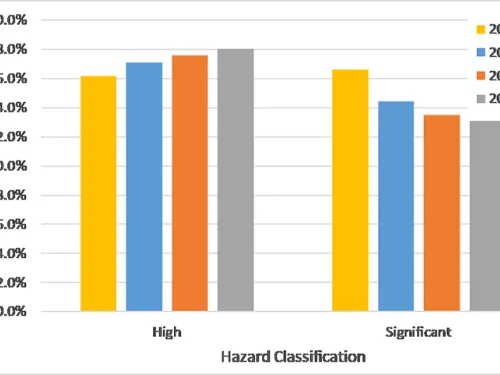
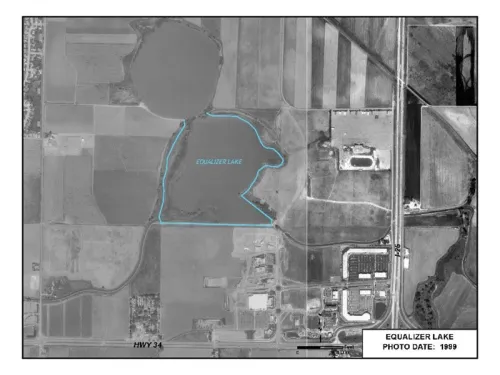

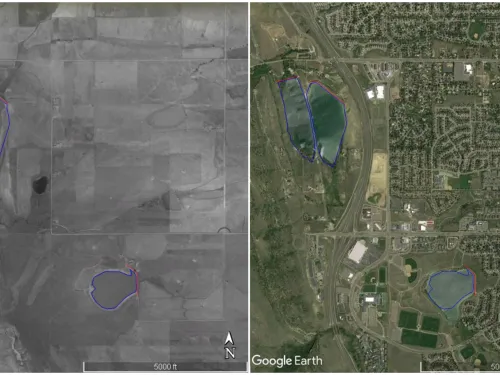
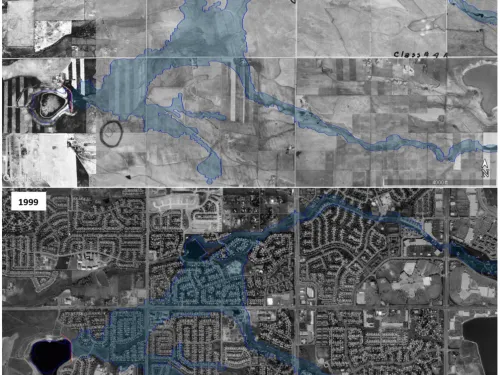
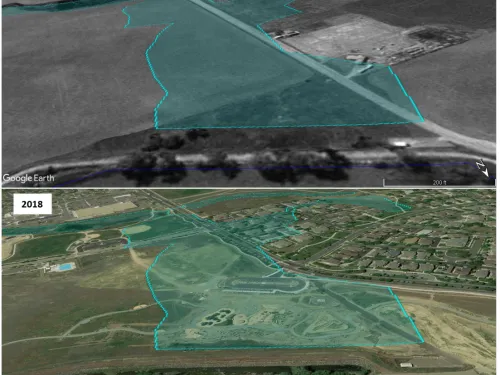

Equalizer Dam (Colorado)

Ka Loko Dam (Hawaii, 2006)

Laurel Run Dam (Pennsylvania, 1977)
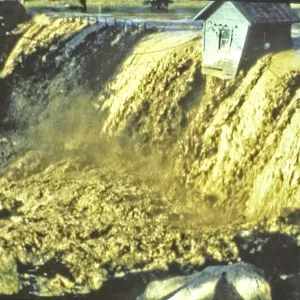
Lawn Lake Dam (Colorado, 1982)

Maple Grove Dam (Colorado, 1979)
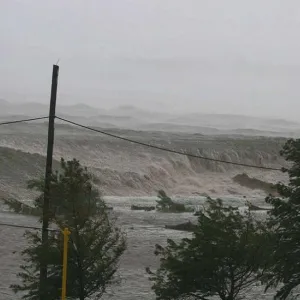
New Orleans Levee System (Louisiana, 2005)
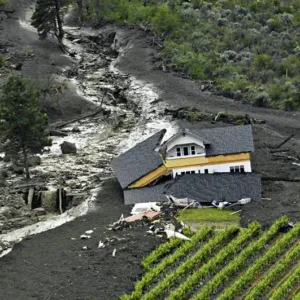
Testalinden Dam (British Columbia, 2010)
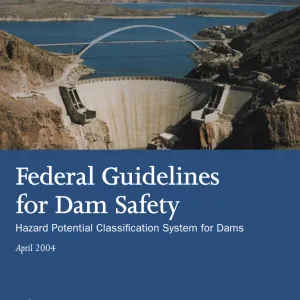
Federal Guidelines for Dam Safety: Hazard Potential Classification System for Dams

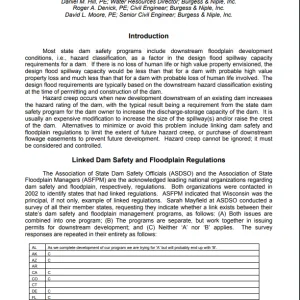
Fighting Hazard Creep - Some Alternatives
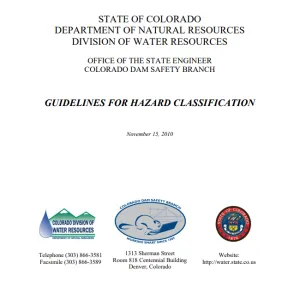
Guidelines for Hazard Classification

Hazard Classification - How can dam hazard classifications be changed?
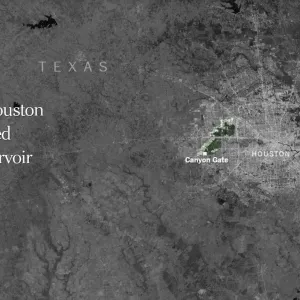
How One Houston Suburb Ended Up in a Reservoir

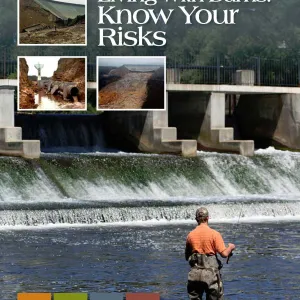
Living With Dams: Know Your Risks

Recent Innovations in the Virginia Dam Safety Program

